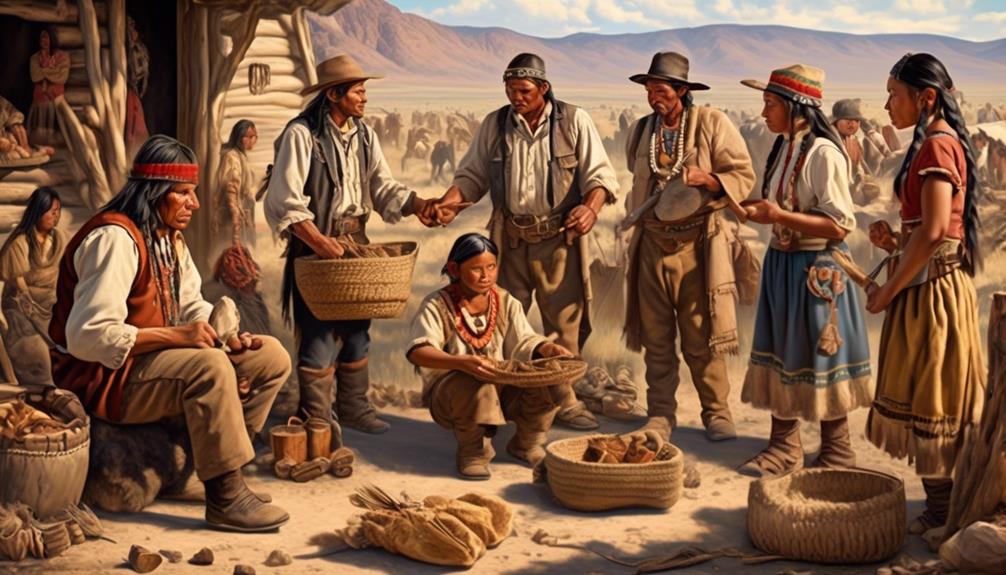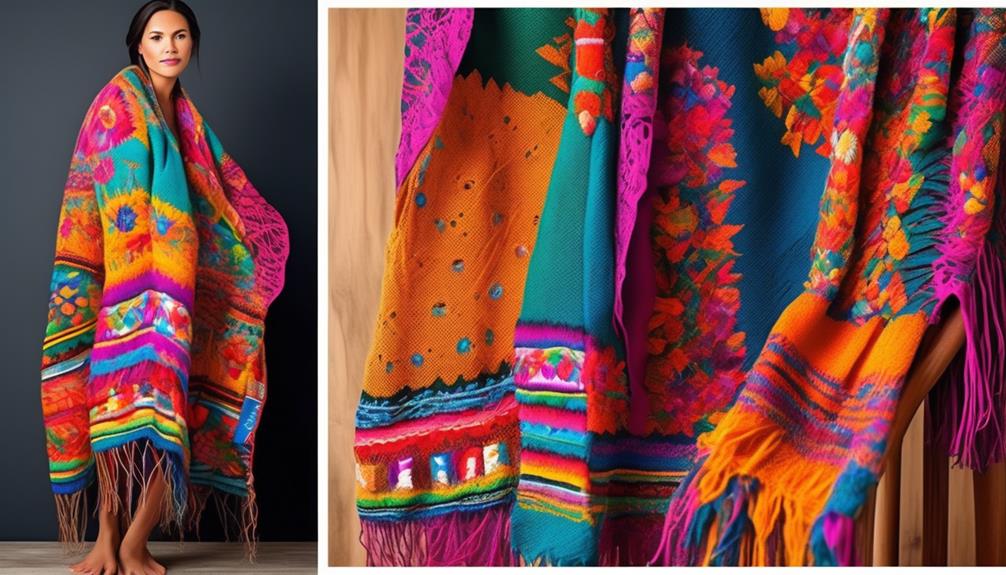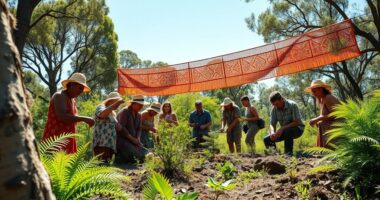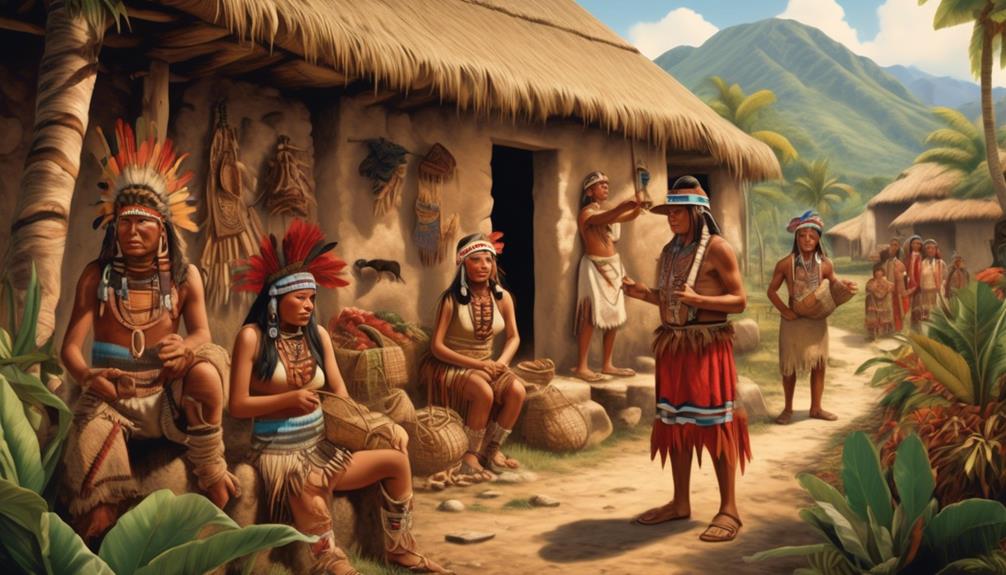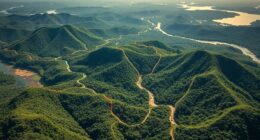Have you ever considered the real mistreatment that indigenous peoples have endured throughout history?
The complexities of this issue go beyond simple narratives, and the reality is often more nuanced than commonly portrayed.
From the impact of colonization to ongoing challenges and injustices, the treatment of indigenous peoples has been a subject of great concern and debate.
Understanding the historical and contemporary dynamics is crucial in shedding light on the experiences of indigenous communities and the way forward.
Key Takeaways
- Indigenous peoples have experienced significant loss of land, culture, and autonomy as a result of colonization and exploitation.
- Forced relocation and displacement have resulted in the loss of cultural identity and the destruction of natural resources and sacred sites.
- Assimilation policies and cultural suppression have led to the loss of cultural identity and intergenerational trauma, including the removal of children from families to attend residential schools.
- Indigenous peoples face systemic discrimination and marginalization, including discriminatory legislation, disproportionate poverty and limited access to education and healthcare, and bias within the justice system.
Impact of Colonization
The impact of colonization on indigenous peoples has been devastating, resulting in the loss of land, culture, and autonomy. Economic exploitation and the loss of resources have been significant outcomes of colonization. European powers and settlers often exploited indigenous peoples for labor and resources, leading to economic disparities that persist to this day. The forced extraction of natural resources from indigenous lands hasn't only deprived these communities of their livelihoods but has also contributed to environmental degradation.
Furthermore, intergenerational trauma and the psychological impact of colonization have had long-lasting effects on indigenous communities. The violent dispossession of ancestral lands and the suppression of cultural practices have perpetuated deep-seated psychological wounds. These traumatic experiences have been passed down through generations, manifesting in high rates of mental health issues and substance abuse within indigenous populations.
It is crucial to recognize the ongoing effects of colonization on indigenous peoples and address the economic, social, and psychological repercussions. Understanding the historical context and acknowledging the enduring impact of colonization is essential in working towards healing and justice for indigenous communities.
Forced Relocation and Displacement
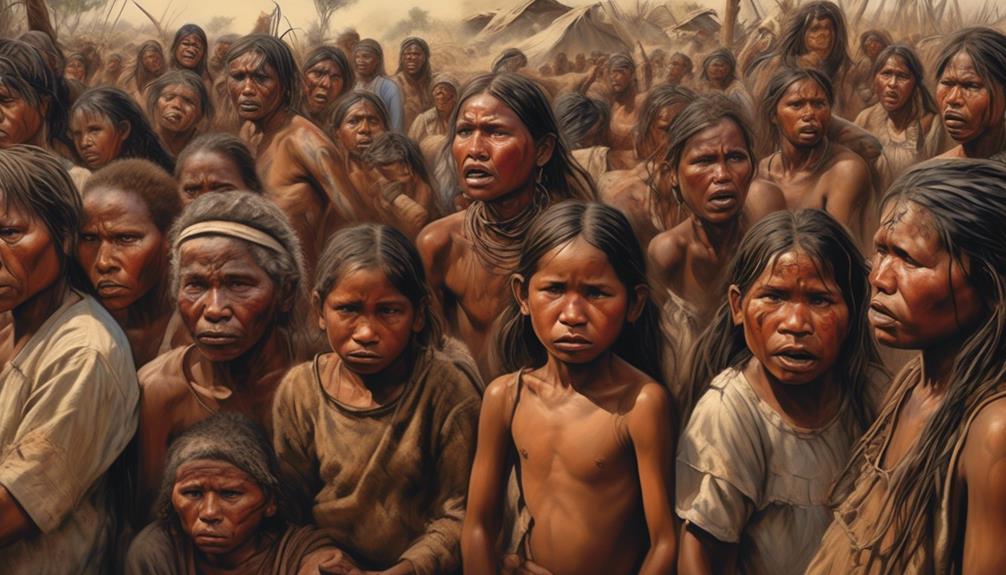
Forced relocation and displacement have been direct consequences of colonization, perpetuating the historical injustices faced by indigenous peoples. This systematic removal of indigenous communities from their ancestral lands has resulted in profound and enduring historical trauma.
Here are some key points to consider about forced relocation and displacement:
- Loss of cultural identity: Forced relocation often severs indigenous peoples from their cultural practices, traditions, and languages, leading to a loss of cultural identity and eroding the fabric of indigenous communities.
- Disruption of social structures: The displacement of indigenous populations disrupts their social structures, leading to increased social and economic marginalization, as well as a loss of traditional governance systems.
- Environmental impact: Forced relocation often involves the destruction of natural resources and sacred sites, further exacerbating the loss of connection to the land and the environment that's integral to indigenous cultures.
- Intergenerational trauma: The trauma resulting from forced relocation and displacement is often passed down through generations, perpetuating the ongoing challenges faced by indigenous communities.
These factors underscore the devastating and enduring impact of forced relocation on indigenous peoples, highlighting the urgent need for recognition, redress, and support.
Assimilation Policies and Cultural Suppression
Indigenous peoples' cultural suppression and assimilation policies have had a lasting and detrimental impact on their communities, perpetuating a legacy of erasure and marginalization. These policies, implemented by colonial powers and governments, sought to forcibly integrate Indigenous peoples into the dominant culture, often through the removal of children from their families to attend residential schools. The goal was to eradicate Indigenous languages, traditions, and belief systems, leading to a profound loss of cultural identity and intergenerational trauma.
| Challenges | Solutions |
|---|---|
| Cultural resilience | Empowerment through education |
| Historical trauma | Healing and reconciliation |
| Language revitalization | Indigenous knowledge systems |
| Self-determination | Community-led initiatives |
Despite these challenges, Indigenous communities have demonstrated remarkable cultural resilience in the face of historical trauma. Efforts to revitalize languages, reclaim traditional knowledge, and promote self-determination have been crucial in fostering healing and empowerment. However, it is essential for governments to actively support these initiatives and address the ongoing impacts of assimilation policies. Recognizing and respecting Indigenous rights is fundamental to fostering a more equitable and inclusive society.
Systemic Discrimination and Marginalization
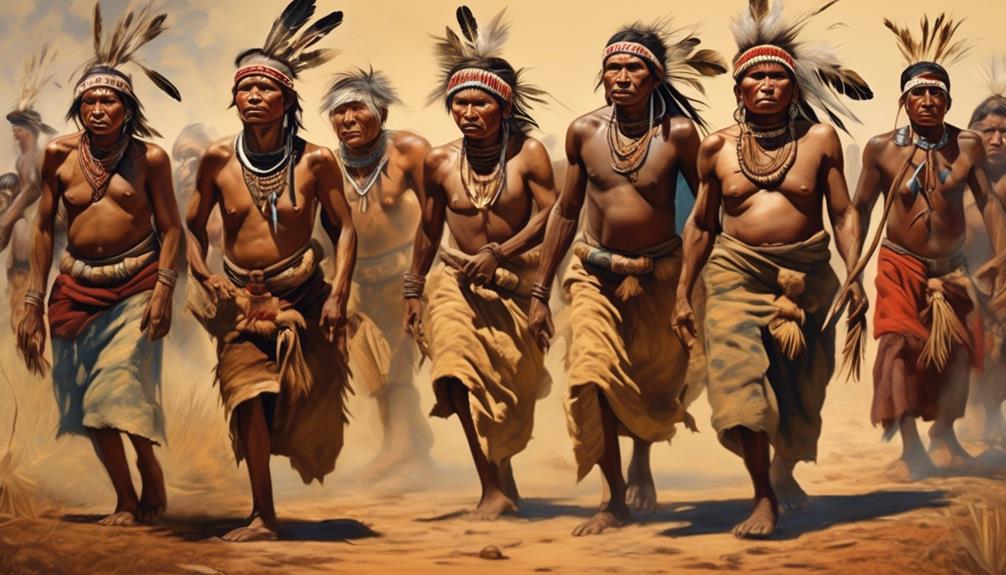
Systemic discrimination and marginalization persistently impact Indigenous communities, perpetuating a cycle of inequality and disenfranchisement. This ongoing oppression is deeply rooted in historical injustices and continues to shape the experiences of Indigenous peoples today.
- Discriminatory Legislation: Throughout history, discriminatory laws have been enacted, denying Indigenous peoples basic rights and perpetuating their marginalization.
- Socioeconomic Inequality: Indigenous communities often face disproportionate poverty, limited access to quality education and healthcare, and higher rates of unemployment, all of which contribute to systemic inequality.
- Cultural Marginalization: Indigenous cultures and languages have been systematically devalued, leading to the loss of traditional knowledge and practices, further marginalizing Indigenous communities.
- Justice System Bias: Indigenous peoples often experience bias within the justice system, facing higher incarceration rates and harsher sentencing compared to non-Indigenous individuals, highlighting systemic discrimination within legal institutions.
These factors combine to create a complex web of discrimination and inequality that continues to impact Indigenous communities.
Addressing systemic discrimination and marginalization is crucial for creating a more equitable and just society for all.
Ongoing Challenges and Injustices
The perpetuation of discriminatory practices and marginalization has resulted in a myriad of ongoing challenges and injustices faced by Indigenous communities today. Two particularly pressing issues are intergenerational trauma and land sovereignty.
| Ongoing Challenges | Injustices |
|---|---|
| Intergenerational Trauma | Indigenous communities continue to grapple with the deep-seated trauma resulting from historical injustices, such as forced assimilation, residential schools, and cultural erasure. This trauma persists through generations, impacting mental and physical well-being. The lack of adequate resources for mental health and healing further exacerbates this issue. |
| Land Sovereignty | Indigenous peoples' struggle for recognition of their land rights and sovereignty remains a critical issue. Despite legal frameworks acknowledging Indigenous land rights, many communities face ongoing challenges in asserting control over their traditional territories. This often leads to disputes over resource extraction, environmental degradation, and encroachment on sacred lands. Lack of consultation and consent further compounds these injustices. |
These ongoing challenges and injustices highlight the urgent need for systemic changes to address historical wrongs and to uphold the rights and dignity of Indigenous peoples.
Frequently Asked Questions
What Specific Cultural Practices and Traditions Were Targeted by Assimilation Policies and Cultural Suppression?
Assimilation policies and cultural suppression targeted specific cultural practices and traditions of Indigenous peoples. This included efforts to erase languages, traditional ceremonies, and spiritual beliefs.
Cultural preservation was crucial for Indigenous resistance against these oppressive measures. Despite facing immense challenges, many Indigenous communities actively worked to maintain and revitalize their cultural heritage as a form of resistance and resilience.
These efforts are essential for understanding the ongoing impact of historical injustices on Indigenous peoples.
How Did Indigenous Communities Resist Forced Relocation and Displacement by Colonial Powers?
Resistance strategies, community solidarity, and cultural preservation were crucial for indigenous communities in resisting forced relocation and displacement by colonial powers. Through organized protests, legal battles, and preservation of traditional knowledge, indigenous peoples asserted their rights and challenged oppressive policies.
Community solidarity played a vital role in sustaining resistance movements, fostering resilience, and preserving cultural heritage in the face of systemic oppression.
What Are Some Examples of Systemic Discrimination and Marginalization Faced by Indigenous Peoples in Modern Times?
Examples of systemic discrimination and marginalization faced by indigenous peoples in modern times include:
- High rates of poverty
- Limited access to healthcare and education
- Disproportionate incarceration rates
Despite this, indigenous communities continue to demonstrate remarkable resistance and resilience through:
- Cultural revitalization efforts
- Legal battles for land rights
- Political activism
One striking statistic is that indigenous peoples are overrepresented in the criminal justice system, highlighting the ongoing challenges they face.
How Have Ongoing Challenges and Injustices Affected the Mental Health and Well-Being of Indigenous Communities?
Mental health impact and well-being challenges within indigenous communities are significant. The ongoing injustices and systemic discrimination have taken a toll on our mental health.
The intergenerational trauma, lack of access to culturally sensitive care, and the constant battle against marginalization have contributed to high rates of depression, substance abuse, and suicide.
These challenges continue to necessitate urgent attention and support for the well-being of indigenous peoples.
What Role Did Indigenous Peoples Play in the Resistance and Fight Against Colonization and Its Impacts?
We might think indigenous peoples just accepted colonization, but in reality, they resisted in many ways. Indigenous leadership played a crucial role in organizing resistance methods and preserving their cultural practices.
Communities fought against forced relocations, showing resilience in the face of adversity. Their struggle against colonization and its impacts is a testament to their strength and determination to maintain their way of life.
Conclusion
In conclusion, the treatment of indigenous peoples throughout history has been akin to a relentless storm, causing irreparable damage to their communities, cultures, and identities.
From forced relocations to assimilation policies, systemic discrimination to ongoing injustices, the impact of colonization continues to be felt.
It's essential that we recognize and address these historical and ongoing injustices in order to work towards a more equitable and just future for indigenous peoples.


